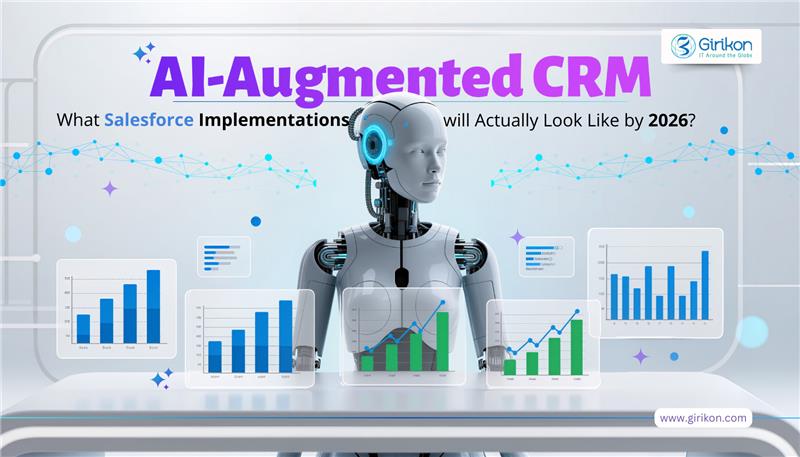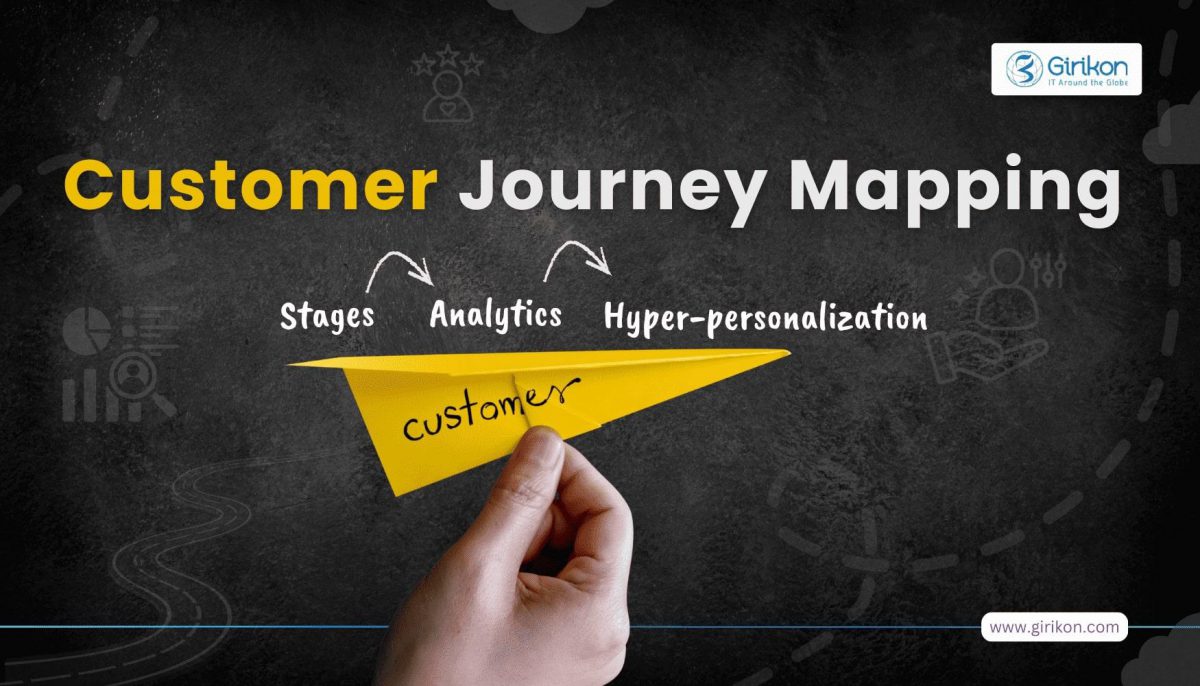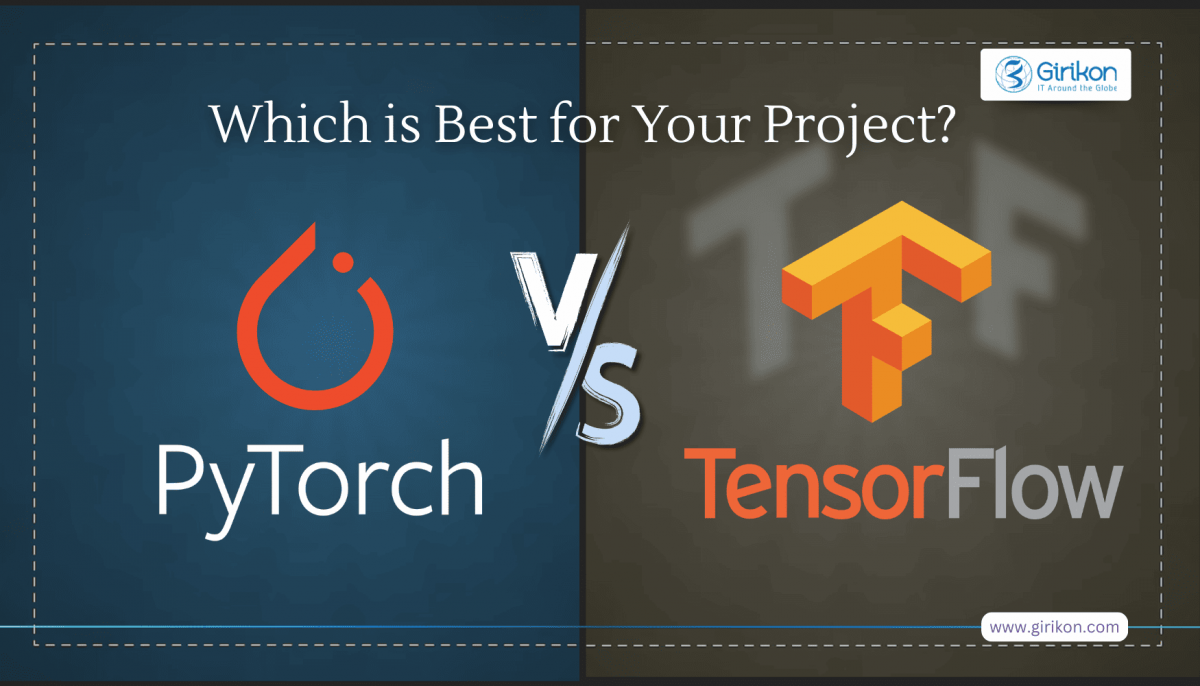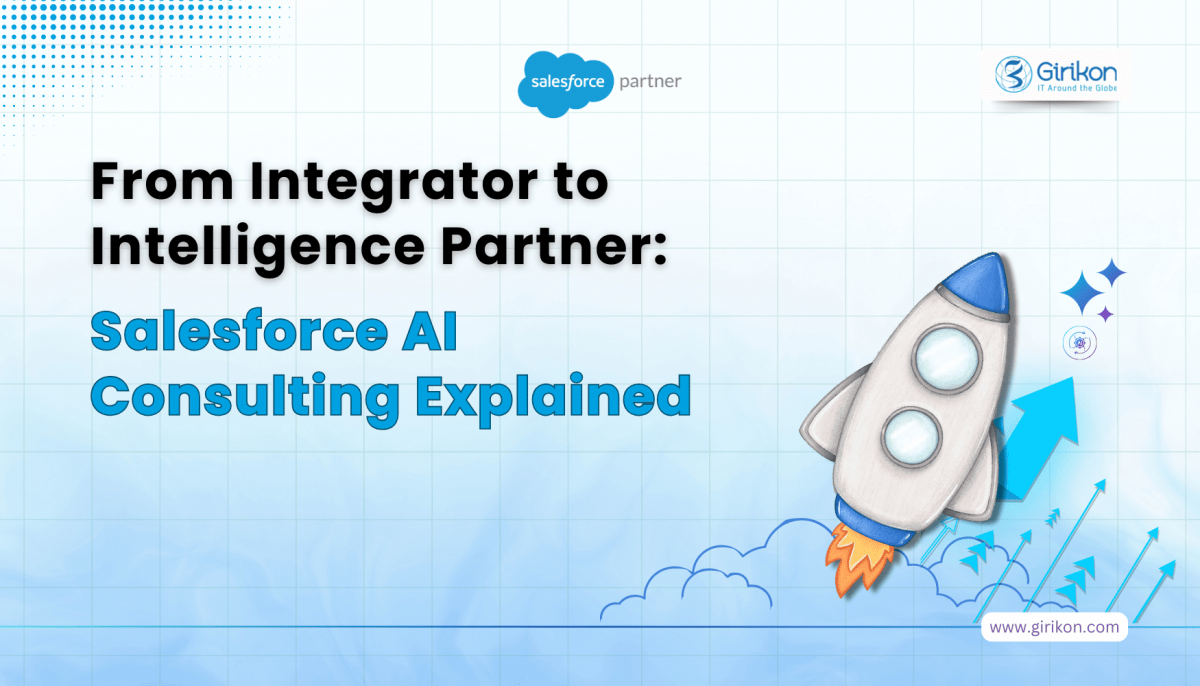What is a subscription-based business model?
Subscription business models are those where customers pay recurringly for continuous access to a product or service. Subscription business models can accelerate growth by virtue of creating recurring revenue. This means as a business owner you get revenue again and again over predictable intervals such as monthly or annually as and when your customers renew their subscriptions.
What are the benefits of subscription-based business models?
Subscription business models protect you during circumstances created by economic uncertainties. They create a stream of predictable revenue from a stable base of returning customers allowing you to plan for longer into the future. Here is some further detailing of the benefits.
Fast Tracked revenue. As your business attracts more customers, recurring revenue from subscriptions grow exponentially. It’s always more convenient to manage existing customer than to attract and retain new ones. Subscription results in better retention drives revenue growth more efficiently and easily.
Predictable revenue. You don’t need to plan quarter to quarter. Businesses who offer subscriptions, more often than not, start each quarter with a predictable expected revenue closer to the preceding quarter and then build on top of that.
Business agility. Once you establish long-term relationships with your customers, you get access to valuable continuous data that will help you to get a better understanding of your customers, and consequently empower you to server them better as you go. Armed with aggregated customer data of their past interactions with you, you can learn about them faster and respond with new appropriate offerings. And the more this happens, the more efficient and unique your offerings will become.
What are the different kinds of subscription business models?
There are several kinds of subscription business models, but essentially, they all mean the same thing which is, you charge for access to products instead of charging for the products themselves. Here’s a look at three of the most popular ones:
Subscription model: Revenue is set for each subscription cycle which could be weekly, monthly or annual. The charges payable are predetermined and based on a fixed date cycle. For example: a fixed monthly subscription fee for a music or video service.
Consumption model: In this case, revenue is variable. The amount that is chargeable and when it is due is based on usage. For example, a cab service.
Hybrid model: In this model, customers are offered a mix of subscription and usage. In this case revenue has both fixed as well as variable components. For example: over usage data fees on your internet usage on top of a fixed monthly service fee for a fixed data usage cap.
How can I implement a subscription-based model for my business?
To implement a subscription model, you need to adopt tools and processes that allow you to create a consistent buying journey, while knowing that customers move through different channels and make modifications to their subscriptions with each of them over time. Once you create a consistent journey, track new metrics to ensure you are on the right path.
Here’s how you can get there:
1. Empower customers to subscribe and pay over any channel
With a subscription-based revenue model, you are constantly interacting with your customers, and they are not always available for a conversation. And in today’s pandemic reality, they increasingly want to engage on their own term. In fact, recent research suggests that they now prefer digital self-service and remote customer service rather than face-to-face interactions.
Businesses need to make it possible for customers to renew and/or upgrade their subscriptions and pay instantly on the channels of their choice. This could translate to having a website or a mobile app, to enable that service.
It’s a known fact in today’s digital business context, customers don’t just want to choose digital channels for interaction. They want to be able to cross them.
As a business, you want to know how you can deliver a seamless and consistent journey across channels. For instance, a customer might initiate a purchase on your online store, but then being routed to a sales rep when they stall or hesitate at checkout. A good subscription management mechanism can help. It combines customer relationship management tools, and along with the power of self-service, provides access to the same data to all teams. Once they have that, they can pick up customer conversations from where they left off.
As a business, you want every touchpoint with the customer to be amazing. And in order to deliver an exceptional journey, you need to integrate all customer data for a compete view of your customer. Subscription management provides a mechanism way to connect customer data that delivers a seamless journey and provides a great customer experience at every touchpoint.
2. Deliver value to customers
Subscriptions don’t mean much if they are delivering value to your customers at every step. You’re consistently asking them to renew and pay for their subscriptions. IF there is no value in the offering, customer won’t renew their subscriptions. Consequently, they’ll fall through the cracks and your growth will hit a roadblock.
There needs to be a paradigm shift in your thinking from delivering products to delivering value. How can you consistently deliver value-as-a-service to your customers? For instance, Spotify doesn’t sell music. They offer entertainment-as-a-service. Likewise, an e-retailer doesn’t just deliver great products. They deliver an exceptional buying and customer service experience-as-a-service.
Value is unlocked as customer’s access and use the product. This brings customer service teams into focus, who will need to ensure sure adoption and customer satisfaction is high to the point of being delightful.
A customer relationship management system that provides complete visibility of data and a certain level of automation is vital. Visibility helps you keep an eye on and act on adoption and usage patterns. And you can jump is to support and assist a customer to fix an issue early before it becomes a nuisance. For instance, with automation you can make it easy and fast for customers to start using new products or services they’ve purchased.
3. Understand recurring revenue with new metrics
Customer acquisition is a thing of the past. It doesn’t hold the key anymore. Customer value, which leads to customer retention, which eventually drives recurring revenue, are the key metrics now. How will you improve customer retention without measuring it?
Let us first look at customer value metrics. You can measure customer value by tracking exactly how much your customers are using your subscription offering. One of the key metrics is to track is average revenue per user, which is as simple as it sounds. Gross revenue divided by number of users. As your business evolves, with more processes and automation in place, you will become more and more effective at targeting customers with the appropriate offerings, all while retaining them and getting them to renew their subscriptions. And once that happens you will see an improvement in the average revenue per customer.
To measure growth in top-line revenue, you need to monitor monthly and annual recurring revenue. These are significant since increasing them translates to your revenue streams becoming more and more predictable and that allows you to plan ahead.
Ready to open new paths to revenue growth?
A subscription-based business model is today’s new reality of a digital-first approach for business. However, it can only succeed if its authentic. Customers are smart. And you can’t fake value to them. They will renew only when they get real, consistent value for their money. It’s both a challenge and an opportunity to get close to your customers, not just know them better but understand them better, and offer what they want in the way they want it.
Girikon is a Certified Salesforce Consulting Partner and can help you to re-imagine your offerings and envision a whole new customer journey.
Contact us today to learn how a subscription-based revenue model can deliver value to your customers and drive revenue and agility for your business.
Customers are always connected. They are always adapting to the latest technology, quickly. The Salesforce platform is a set of unified platform services that easily adapts to your ever-changing business needs. Powering and connecting all your business processes to unify the customer experience. So, sales can sell smarter and faster the way they want landing their next big customer from anywhere. Service can then tailor their process quickly creating aps specific to the customer needs like setting up custom intelligent alerts to help find smart solutions even before they know there is an issue. Which keeps the customer happy. Marketing can take them of personalised journeys recommending helpful products along the way and IT can integrate third party apps and IoT device data quickly adapting to the latest advancements to better advance the customer relationship. A trusted secure platform that lets you tailor any app or process for anyone in any department using low code solutions with lightning that are instantly mobile. Increasing productivity for employees and connectivity with customers and you are easily able to innovate, building more complex apps with intelligence working with emerging intelligent technologies like Artificial Intelligence making you more intelligent about your customers. You can even plug in thousands of pre-built apps and components from the Salesforce AppExchange and empower everyone from serious coders to the not serious ones. With help of thousands of developers and administrators through trailhead on the worlds No1 enterprise platform letting you easily innovate around each and every customer.
Create, automate, deploy and secure apps with the world’s leading low code platform.
Build scalable apps without any code development tools. Connect your employees, processes, and systems seamlessly to automate workflows and deliver a personalised customer experience, all with best in class security and governance practices.
No need to code any more. Fast track work with clicks to build integrated flows in Slack, your digital HQ. Have them execute complex processes on the Salesforce Platform.
Deliver experiences. Drive productivity.
Automate processes, build smarter, robust apps, and secure data across the customer lifecycle.
Improve efficiency and trim IT spends with the Salesforce Platform.
Automate easily.
Automate tasks with low-code tools and seamlessly connect your entire organisation.
Build apps.
Build and test apps easily with the latest tools in change and release management.
Scale securely.
Safeguard your data and conform to compliances with an enterprise grade security and privacy framework.
CLICK TO BUILD
Go to market fast with powerful tools to build apps and workflows.
Build and deliver intelligent, engaging customer experiences that respond to changing business with clicks not code. Use the power of AI to deliver insights from apps that are connected to your Salesforce data. Drive actions such as intelligent recommendations to enhance growth and productivity with AI-powered automation.
What is a Low Code approach?
It's a modern approach to building apps and software that necessitates little to no coding.
It’s more than a buzzword. It's coding re-imagined. It’s an alternative approach to orthodox software development that is visual. With a low-code development platform, teams can use intuitive graphical user interfaces (GUIs), and use “drag and drop” and “point and click” functionality to customize software.
Since one doesn’t need specialised coding skills, business users can utilise drag and drop functionality to assist programmers to create custom apps and workflows for customers, partners and employees.
By bringing app development closer to business users, low code plugs the gap between business and IT. Sales, service and marketing teams can play a more involved role in software development. Consequently, IT teams have more bandwidth at hand for more pressing technical tasks. The spread of app development from tech to business can lay the foundation for a digital transformation across the enterprise.
SHIP WITH CONFIDENCE
Build on a trusted platform with in-built security and performance.
Deliver engaging digital experiences with intrinsic security and trust. The Salesforce Platform lets you seamlessly integrate disconnected systems and data siloes with API-driven services and event-based interactions. Deploy apps faster with simplified open technologies on a fully managed scalable platform.
Here are the platform services that come with Salesforce
Mobile
Make every app mobile friendly.
Blockchain
Build trusted partnerships.
Artificial Intelligence (AI)
Personalise every experience.
Vision
Visualise your business with AI.
Voice
Deliver a conversational experience.
Security
Deliver trust across every touchpoint.
Privacy & Identity
Manage customer and consent.
Community
Bring your customers closer.
Builder
Build and innovate faster than ever.
Flow
Automate every experience.
EMPOWER EVERYONE
Empower your entire enterprise to respond to change and upgrade skills on the go.
Enable teams to create engaging digital experiences in a code-less framework using customisable components and services. Nurture collaboration across any device with a unified model and tools that work better together. And empower team members to upgrade their skills to drive the growth of your business.
What exactly is Low Code?
It's a modern approach to app development that necessitates little to no coding. Low code is not just buzzword. It's an alternative approach to orthodox app development that is more visual than manual. With a low-code development framework, teams can utilise easy to use graphical user interfaces (GUIs) such as drag and drop functionality to customize apps.
Since you don’t need specialised technical or coding knowledge any more, business users easily assist coding teams to create custom apps and workflows for your customers, partners and employees.
By bringing app development to business users, the low code approach reduces the gap between IT and business teams. Sales, service, and marketing teams can play a more involved role in app development. This allows IT teams more bandwidth to prioritise pressing technical tasks. The evolution of app development from IT to business can lay the foundation for a digital transformation across the enterprise.
TURBO CHARGE SCALE AND INNOVATION WITH HYPER FORCE
Grow your business on a trusted, scalable, robust platform.
Hyperforce is the next-generation infrastructure architecture of Salesforce. delivers Salesforce products and services reliably and securely on all major public clouds allowing you to augment your customers’ success by rapidly scaling your drag-and-drop driven low code apps to new markets.
HYPERCOMPLIANT
Store data in one place while staying globally compliant.
Enjoy the flexibility of the location of your data to comply with local regulations even in the public sector.
HYPERSCALABLE
Implement faster with an infrastructure with limitless flexibility.
Scale your infrastructure easily. Hyperforce allows resources to be deployed quickly while you have the flexibility of system elasticity.
HYPERSECURE
Safeguard sensitive data with built-in trust.
Hyperforce allows you to prioritise customer data security with the built-in trust that is the cornerstone of the world’s most trusted cloud platform. It works behind the curtain to ensure the security and privacy of your data, so you have the necessary bandwidth to focus on innovation.
HYPERCOMPATIBLE
Build future-ready apps with backward compatibility.
All existing Salesforce apps, customisations, and integrations (whether they are on the cloud or not) will run without disruption on Hyperforce.
Summary
Salesforce is the world’s leading Enterprise App Development Platform that streamlines your business reach and functionality.
You do not need to deal with developers any more to create apps with the Salesforce Platform. With the simplicity of drag-and-drop functionality, just about anyone can build and deploy apps that automate processes that augment the customer experience. And for coders, the Salesforce Platform is language agnostic, which means you can build customs apps using any language.
The apps you build can be deployed on any device or on the web, whether simple or complex, and integrate with almost any data source.
With Salesforce, you can find new ways to enrich the customer experiences and streamline business processes. Your imagination is perhaps the only thing that may limit you.
Girikon is a Certified Salesforce Consulting Partner and can help you start building apps in a code less framework.
Girikon is a Certified Salesforce Development Partner and can help you start building apps in a code-less framework.
Contact us today learn how you can get started now.

 +1-480-241-8198
+1-480-241-8198 +44-7428758945
+44-7428758945 +61-1300-332-888
+61-1300-332-888 +91 9811400594
+91 9811400594


















